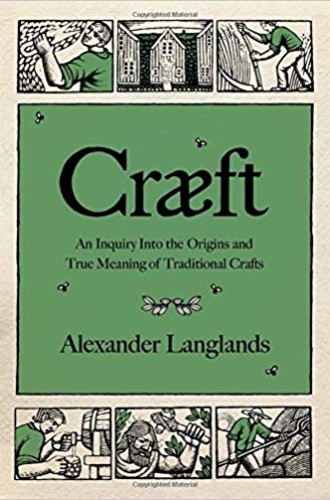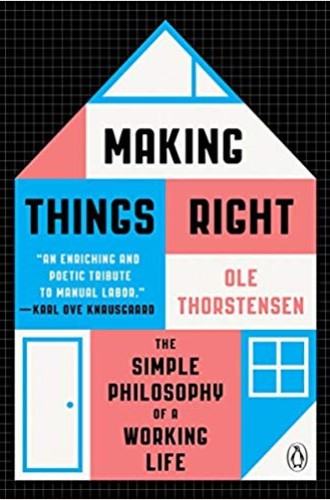Archaeologist and medieval historian Alexander Langlands begins Cræft with a modern technological problem. His strimmer—British parlance for a string trimmer—won’t start. “I always dreaded trying to get the blasted thing started after its long winter hibernation,” he laments. The machine requires so much attention: the right mixture of oil and gas, a fresh air filter and spark plug, and a strong starting cord. If he is lucky enough to awaken the machine from its slumber, then he has to suffer through a “day of monotonous buzzing and rattling, flaying the emerging spring vegetation” that suffocates his wooded cottage.
He finally gives up on the machine and remembers the scythe hanging in his shed. Years earlier, he’d imagined himself “emulating the farmhands of Old England, slashing through acres of luscious meadow grass between manly swigs from a cider flagon.” But he has no idea how to wield the tool. He’s saved by a local man who swings and swipes through the brush with ease. Langlands is impressed and inspired. Although using the scythe is slower than using the strimmer, he writes, “I’d enjoyed listening to the sound of birds while I worked.”
The experience awakens a desire in Langlands, perhaps best known as a regular presenter for the BBC’s Historic Farms series: “I’d taken a traditional way of doing something and had found that, on my terms, it was just as effective as the mechanically charged, petrol-powered methods of today. And so, my relationship with cræft had begun.”







